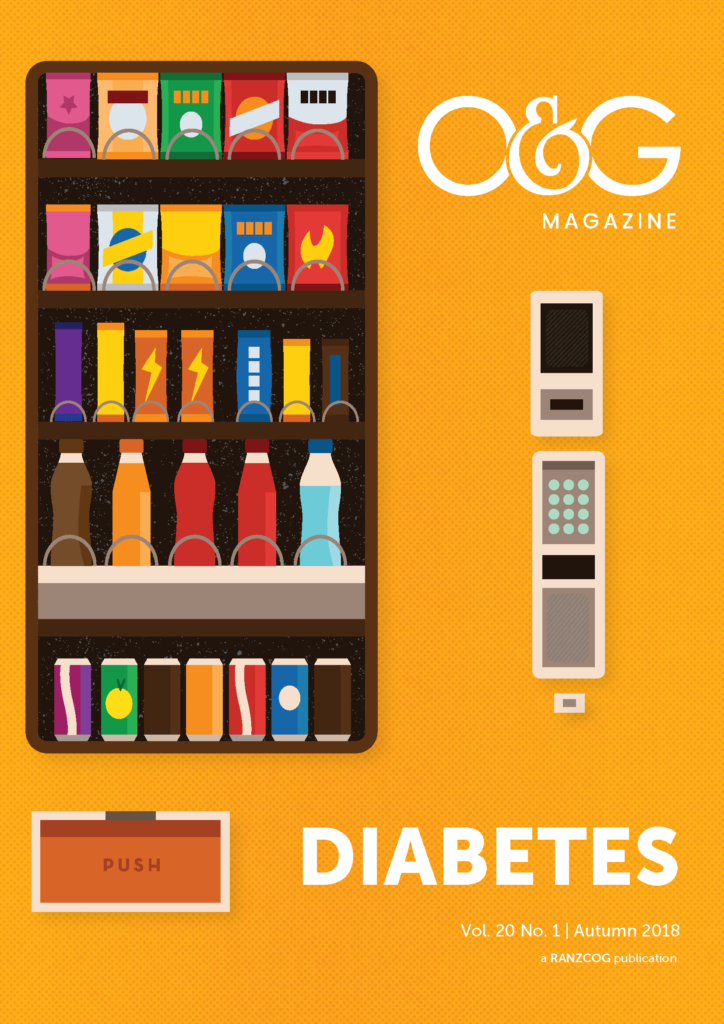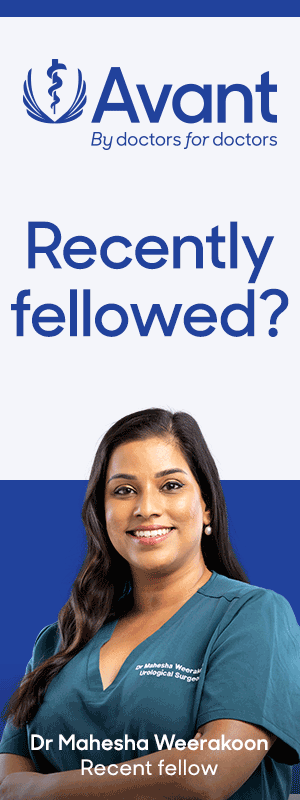Welcome to ANZJOG for 2018! The beginning of this year has seen some changes in the Editorial Board. Professor Neil Johnson has retired, having begun his stint as Associate Editor in 2008. His ten years of service have been greatly appreciated by several Editors, including myself, and the many readers of ANZJOG. In Neil’s stead, Dr Hayden Homer has accepted an invitation to become an Associate Editor, with particular expertise in reproductive endocrinology and infertility. I look forward to working with Hayden. Dr Salwan Al-Salihi has also resigned and Dr Oliver Daly has joined the Board. As well as bringing urogynaecological expertise, Oliver is now the CROWN (CoRe Outcomes in Women’s and Newborn health) representative for ANZJOG. This represents the commitment of the journal, and RANZCOG, to the CROWN initiative. CROWN represents a group of 80 peer-reviewed journals, covering both women’s and newborn health, that came together in 2014 to support the development and introduction of Core Outcome Sets (COS) into research and publication in our joint disciplines.
COS are currently being developed in many disciplines, to provide a defined measure of treatment success that is uniform across clinical trials and which can be easily assessed in systematic reviews and meta-analyses. In the February issue of ANZJOG, Oliver explains exactly what COS are, how they are developed, and their importance in providing uniform outcome measures in the research we undertake to improve the health of women and babies.1 This work on COS dates back to 2011, when the International Committee of Medical Journal Editors (ICMJE) established the Core Outcome Measures in Effectiveness Trials (COMET) initiative for all medical disciplines. This, in turn, has given birth to the CROWN initiative.
From the February issue onwards, the cover of ANZJOG will carry the CROWN logo. ANZJOG is a proud supporter of the CROWN initiative and looks forward to the benefits COS will offer researchers, with trial design and translation of research findings to clinical practice, in order to improve outcomes for women’s and newborn health.
From the beginning of 2018, ANZJOG will have two Assistant Editors. These are new posts that will be filled for two-year appointments by younger Fellows or senior RANZCOG trainees who have demonstrated interest in and commitment to academic obstetrics and gynaecology. The appointees will, we hope, gain an understanding of the academic publishing and editing processes. Dr Charlotte Royston and Dr Amanda Poprzeczny have accepted invitations to become Associate Editors for 2018–2019 and I look forward to working with them.
Looking back, the December 2017 issue begins with an Invited Editorial from Prof Neville Hacker, which complements an important report in the Gynaecology Original Articles by Nicklin et al, on the Queensland experience of neo-adjuvant chemotherapy and interval debulking surgery for managing advanced ovarian and related cancers. I am sure these two contributions are of great interest to ANZJOG readers.2 3 In the Current Controversies section, more gynaecological debate, with A/Prof Jason Abbott supporting surgery and A/Prof Anusch Yazdani, IVF, for the management of infertility associated with endometriosis. There are robust arguments on both sides!4 5
The December issue also contains a large number of obstetric articles from Australia, New Zealand and Papua New Guinea, evidence of the large number of obstetric submissions ANZJOG now receives. Prenatal testing in New Zealand,6 7 and pregnancy outcomes among adolescents and in women conceiving with ART,8 9 are among the topics covered.
The February issue, following Oliver Daly’s editorial, presents the Arthur Wilson Oration, given by Prof Cindy Farquhar, at the Auckland ASM last year. Cindy spoke about the role of evidence-based medicine in obstetrics and gynaecology and her own important contribution to the development of this. I found it fascinating at the time and equally enjoyed reading it here.10 This is followed by a systematic review of the use of intravenous iron therapies from the department at Flinders that should interest all obstetric clinicians,11 and a helpful study from Westmead assessing new devices now available for the measurement of fetal blood lactate.12 The issue also contains the Current Controversies Right of Reply responses from Abbott and Yazdani, who continue to strongly occupy their respective sides of the ring.13 14
In conclusion, I am happy to be able to tell you that our delightful ANZJOG Publications Coordinator, Sarah Ortenzio (currently being replaced during her maternity leave by the equally delightful Julia Berglund), had a baby girl, Elka, on 16 January. All is well. The Editorial Board send our congratulations and warmest wishes to Sarah and hope she has a wonderful first year with Elka.
References
- Daly OJ. Harmonisation of research outcomes for meaningful translation to practice: The role of Core Outcome Sets and the CROWN Initiative. ANZJOG 2018; 58(1):15.
- Hacker NF. Neoadjuvant chemotherapy for advanced epithelial ovarian cancer. Who really benefits? ANZJOG 2017; 57(6):585.
- Nicklin JL, McGrath S, Tripcony L, et al. The shift toward neo-adjuvant chemotherapy and interval debulking surgery for management of advanced ovarian and related cancers in a population-based setting: Impact on clinical outcomes. ANZJOG 2017; 57(6):651.
- Abbott J. Surgical treatment is an excellent option for women with endometriosis and infertility. ANZJOG 2017; 57(6):679.
- 5. Yazdani A. Surgery or in vitro fertilisation: The simplicity of this question belies its complexity. ANZJOG 2017; 57(6):676.
- Payne O, Pillai A, Wise M, Stone P. Inequity in timing of prenatal screening in New Zealand: Who are our most vulnerable?ANZJOG 2017; 57(6):609.
- Filoche SK, Lawton B, Beard A, Stone P. Views of the obstetric profession on non-invasive prenatal testing in Aotearoa New Zealand: A national survey. ANZJOG 2017; 57(6):617.
- Daniels S, Robson D, Flatley C, Kumar S. Demographic characteristics and pregnancy outcomes in adolescents – Experience from an Australian perinatal centre. ANZJOG 2017; 57(6):630.
- Rozdarz KM, Flatley CJ, Kumar S. Intrapartum and neonatal outcomes in singleton pregnancies following conception by assisted reproduction techniques. ANZJOG 2017; 57(6):588.
- Farquhar C. Evidence-based medicine – the promise, the reality. ANZJOG 2018; 58(1):17.
- Qassim A, Mol BW, Grivell RM, Grzeskowiak LE. Safety and efficacy of intravenous iron polymaltose, iron sucrose and ferric carboxymaltose in pregnancy: A systematic review. ANZJOG 2018; (58)1:22.
- Wang M, Chua SC, Bouhadir L, Treadwell EL, Gibbs E, McGee TM. Point-of-care measurement of fetal blood lactate – time to trust a new device. ANZJOG 2018; 58(1):72.
- Abbott J. Response to: Yazdani A. Surgery or in vitro fertilisation: The simplicity of this question belies its complexity. When all you have is a hammer, everything looks like a nail. ANZJOG 2018; 58(1):132.
- Yazdani A. Right of reply to: Surgical treatment is an excellent option for women with endometriosis and infertility. ANZJOG 2018; 58(1):134.






Leave a Reply